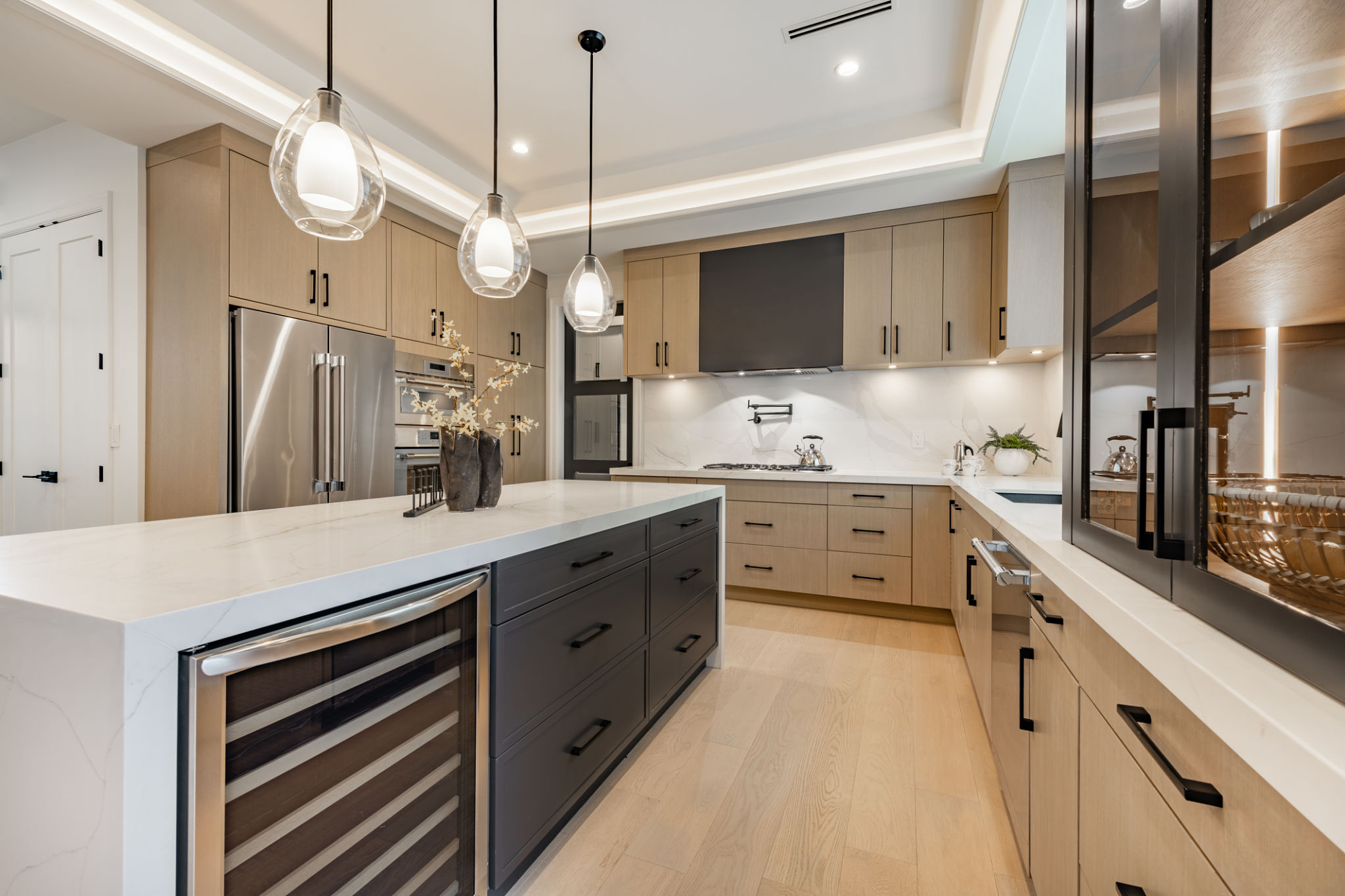Expert Tips for Choosing the Best Light Fixtures for Your Home
Understanding Your Lighting Needs
When it comes to selecting the perfect light fixtures for your home, the first step is to understand your specific lighting needs. Different rooms require different types of lighting. For instance, a kitchen may need brighter, task-oriented lighting, while a living room might benefit from softer, ambient lighting. Assessing the function and mood you want to create in each room will guide your decisions.
Consider the size of the room and the natural light it receives. A small room with a lot of windows might not need as much artificial lighting as a larger, windowless space. Also, think about the color scheme and style of your home; this will influence the fixture designs that will best complement your décor.

Types of Light Fixtures
Light fixtures come in a variety of styles, each serving different purposes. Ceiling-mounted lights such as chandeliers or pendant lights are popular for providing general illumination. Wall sconces offer both decorative and functional lighting, perfect for hallways or reading corners.
Recessed lighting is ideal for a modern look and provides a clean ceiling line, making it great for living rooms and kitchens. Additionally, track lighting can be adjusted to highlight specific areas or artworks, adding versatility to your space.

Materials and Finishes
The material and finish of a light fixture can significantly impact both its durability and aesthetics. Common materials include metal, glass, and crystal. For instance, metal fixtures with a brushed nickel or matte black finish can match modern or industrial interiors, while bronze or gold finishes may suit more traditional or vintage styles.
Glass shades offer a timeless appeal and can diffuse light beautifully, while crystal fixtures are perfect for adding a touch of elegance and glamour to any room. Consider maintenance as well; some materials may require more frequent cleaning to maintain their appearance.
Energy Efficiency
With a growing emphasis on sustainability, energy-efficient lighting options like LED fixtures have become increasingly popular. LEDs consume less electricity than traditional incandescent bulbs and have a longer lifespan, making them a cost-effective choice over time.
- LED Lights: Available in various shapes and sizes, suitable for any fixture type.
- Smart Bulbs: Allow you to control lighting remotely via smartphone apps.
- Dimmable Options: Help create adjustable ambiance and save energy.

Selecting the Right Size
The size of your light fixture should be proportional to the room and its furniture. A fixture that's too large can overwhelm a small space, while one that's too small might not provide adequate illumination or aesthetic impact. A good rule of thumb is to add the room’s length and width in feet; the sum equals the diameter (in inches) that a fixture should be.
For dining areas, consider choosing a fixture that is one-third the width of the table. Ensure it hangs at an appropriate height to avoid obstructing views or being too glaring for diners.
Installation Considerations
Once you've chosen your fixtures, consider the installation process. Some installations are straightforward and can be done DIY-style with basic tools, while others might require professional help to ensure safety and functionality. Pay attention to the electrical requirements of your fixtures to avoid overloading circuits or causing hazards.
If you're planning on installing multiple light fixtures in one room, ensure they coordinate well with each other and contribute to a cohesive look rather than a cluttered one.

Budgeting for Light Fixtures
Lighting can be a significant investment, so it's crucial to set a budget before you start shopping. Prices can vary widely depending on the size, complexity, and brand of the fixture. Prioritize spending on areas where lighting is most crucial, such as kitchens and workspaces.
Don't forget to account for additional costs such as installation fees or any necessary upgrades to your home's wiring or dimmer switches. Keeping these factors in mind will help you make informed decisions without breaking the bank.

